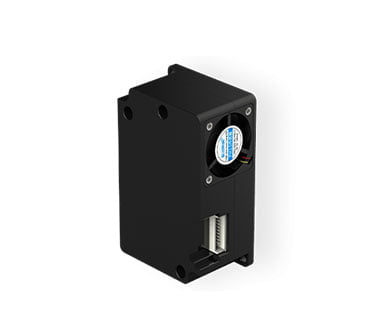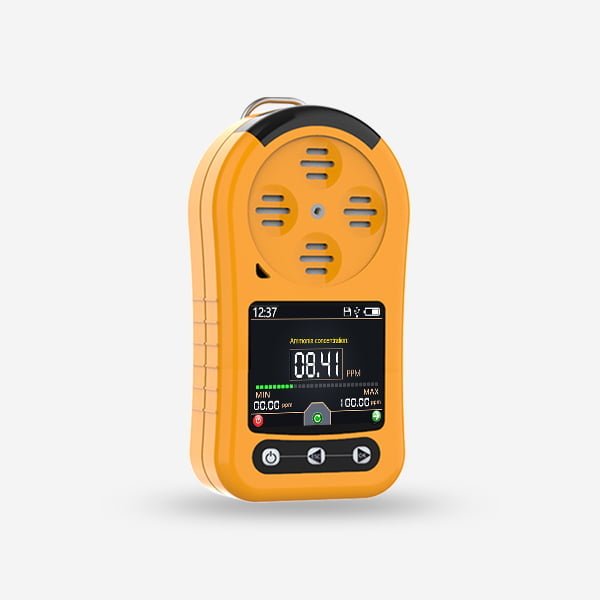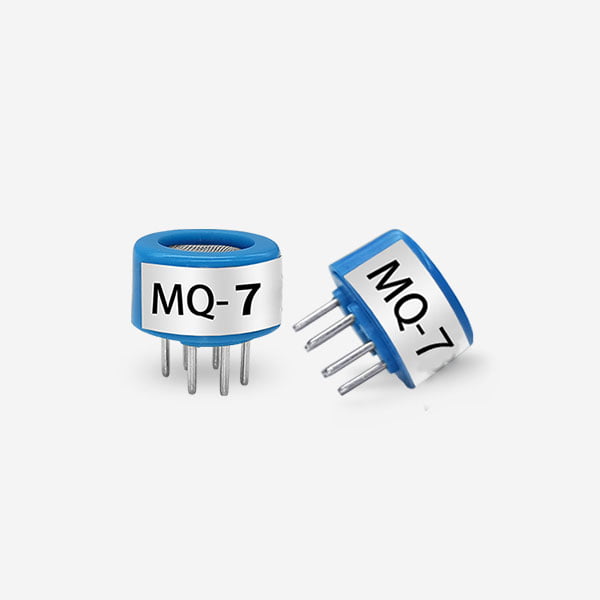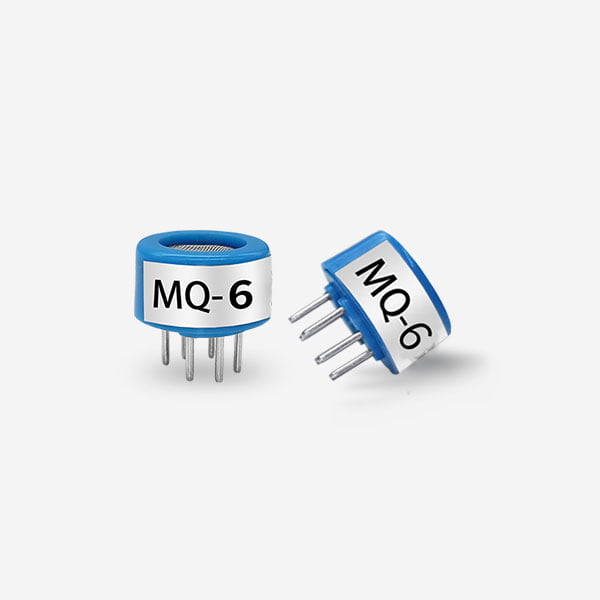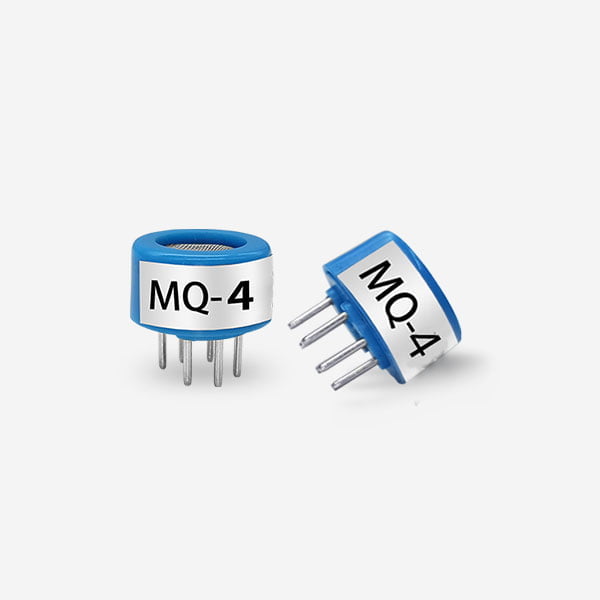Non-dispersive infrared (NDIR) sensors are a type of gas sensor that can be used to measure the concentration of a variety of gases, including carbon dioxide (CO2), methane (CH4), and oxygen (O2). NDIR sensors are used in a variety of applications, including agricultural automation.

One of the most common applications of NDIR sensors in agriculture is crop monitoring. NDIR sensors can be used to measure the CO2 concentration in the air around plants. The CO2 concentration is an important indicator of plant health. When plants photosynthesize, they release oxygen and absorb CO2. The higher the CO2 concentration, the more efficiently plants can photosynthesize. This means that plants can grow more quickly and produce more food.
NDIR sensors can also be used to measure the water content of soil. The water content of soil is another important indicator of plant health. When the soil is too dry, plants cannot absorb enough water to grow properly. When the soil is too wet, plants can suffocate. NDIR sensors can be used to measure the water content of soil so that farmers can make sure that the soil is not too dry or too wet.
NDIR sensors can also be used to measure the temperature and humidity of the air around plants. The temperature and humidity of the air can affect the growth of plants. NDIR sensors can be used to measure the temperature and humidity of the air so that farmers can make sure that the conditions are optimal for plant growth.
NDIR sensors are a valuable tool for agricultural automation. They can be used to monitor crop health, water content, and temperature and humidity. This information can be used by farmers to improve crop yields and reduce the use of pesticides and fertilizers.
Benefits of using NDIR sensors in agriculture
There are many benefits to using NDIR sensors in agriculture. Some of the benefits include:
- Increased crop yields: NDIR sensors can help farmers to improve crop yields by monitoring crop health, water content, and temperature and humidity.
- Reduced use of pesticides and fertilizers: NDIR sensors can help farmers to reduce the use of pesticides and fertilizers by providing them with information about crop health. This is because farmers can use NDIR sensors to identify areas of the field that need to be treated with pesticides or fertilizers, and they can also use NDIR sensors to monitor the effectiveness of the pesticides and fertilizers that they are using.
- Improved water management: NDIR sensors can help farmers to improve water management by providing them with information about the water content of the soil. This is because farmers can use NDIR sensors to identify areas of the field that need to be irrigated, and they can also use NDIR sensors to monitor the effectiveness of the irrigation system that they are using.
- Improved crop quality: NDIR sensors can help farmers to improve crop quality by monitoring crop health, water content, and temperature and humidity. This is because farmers can use NDIR sensors to identify areas of the field that are at risk of damage, and they can also use NDIR sensors to monitor the effectiveness of the crop protection measures that they are using.

Conclusion
NDIR sensors are a valuable tool for agricultural automation. They can be used to monitor crop health, water content, and temperature and humidity. This information can be used by farmers to improve crop yields, reduce the use of pesticides and fertilizers, and improve crop quality.
